Mammals are ... Mammal detachments. Types of mammals
Beasts or mammals are the most highly organized developed nervous system, breastfeeding with milk young, legability, warm-bloodedness allowed them to widely spread throughout the planet and take a wide variety of habitats. Mammals are animals that live in forests (boars, moose, hares, foxes, wolves), mountains (rams, steppes and semi-deserts (tushkars, hamsters, gopters, saigas), in the soil (choppers and moles), oceans and seas ( Dolphins, whales). Some of them (for example, bats) spend a significant part of their active life in the air. Today it is known about the existence of more than 4 thousand species of animals. Mammal detachments, as well as characteristic features inherent in animals - we will tell about all this in This article. Start with the description of their structure.
External structure
The body of these animals is covered with wool (its residues are even in whales). Distinguish the hair rough straight (oars) and thin winding (undercoat). From the contamination and dumping of the undercoat protects the assault. Mammalian woolen cover can consist only of anxiety (for example, a deer) or from the undercoat (like mobro). These animals periodically linen. In the mammals, the thickness of the fur is changed, and sometimes painting. In the skin of animals there are bulbs of hair, sweat and sebaceous glands and their modifications (Milky and odorous glands), horny scales (like on the tail of beavers and rats), as well as other horny formations found on the skin (horns, hoofs, nails, claws). Considering the structure of mammals, we note that their legs are located under the torso and provide more advanced movement with these animals.
Skeleton
In the skull they have a highly developed brain box. In mammals, teeth are located in the cells of the jaws. Creately they are divided into indigenous, fangs and cutters. The cervical spine consists almost all animals from the seven vertebrae. They are movably connected to each other, except for sacral and two tailings, which, fucked, form the crushes - a single bone. The ribs are tested with breast vertebrae, which are usually from 12 to 15. Most mammals of the front limbs form paired blades and clavicle. Only an insignificant part of the beasts have survived the ravene bones. The pelvis consists of two pelvic bones that have grown up with a sacrum. The skeleton of the limbs is from the same bones and departments, as in other representatives of the four-legged vertebrates.
What are the mammals of the senses?
Mammals are animals that have ear shells to help capture odors, as well as determine their direction. Eyes have eyelids and eyelashes. On the limbs, belly, the head is Vibrisians - long hard hair. Animals with their help feel even the slightest touch of subjects.
The origin of mammals
Just like birds, mammals are descendants of the ancient reptiles. This indicates the similarity of modern animals with modern reptiles. In particular, it manifests itself in the early stages of the embryo development. An even greater number of signs of similarity was found to have with animal lizards, extinct many years ago. Also, the fact that there are beasts that lay eggs containing many nutrients are also known for relatives with reptiles. Some of these animals have cloacons, developed trunny bones and other signs indicating a low organization. We are talking about the briefs (egg-owned). We will tell about them in more detail.
Promuli
This is a subclass of the most primitive mammals from those living today. Together with the signs already mentioned, it should be noted that they do not have a constant body temperature. Milky glands are invalid do not have nipples. Cubs hatched from eggs, lick with mother's milk wool.
In this subclass, one detachment is allocated - single-pass. It includes 2 types: echidna and lightning space. These animals today can be found in Australia, as well as on the islands adjacent to it. Wrockos is a middle-size animal. He prefers to settle on the banks of the rivers and leads a semi-wheeled lifestyle here. In the hole, dug in the steep coast, it spends most of the time. The female of the Utokosos in the spring lays eggs (their usually two) in a special hole equipped with a nesting chamber. Echidins - animals woven. The body is covered with rigid wool and needles. The females of these animals postpone one egg, which they put in the bag - the fold of the skin on the stomach. The cub, hatched from it, until the needle appears on his body.
Stembed
The detachment of the charts includes beasts that give birth to underdeveloped young, after which they move them in a special bag. They have a weakly developed or not at all forms a placenta. Completed mainly in Australia, as well as on the islands adjacent to it. The most famous of them are the Summer and Golyan Kangaroo.
Insectivores
Insectivores are a detachment that unites the ancient placental primitive beasts: hedgehogs, earthroops, moles, sweeping. The muzzle is elongated, there is an elongated trunk. Insecoed small teeth, and their feet are five plates. Many of them have a tail root or body sides there are odorous glands.
Earthoids are the smallest representatives of insectivores. They live in meadows, shrubs, dense forests. These animals are voracious and attack small animals. In winter, they are paving under the snow and find insects.
Mals - animals leading an underground lifestyle. They dig numerous holes with their front legs. The crotch eyes are developed weakly and are black dots. In the infancy, there are ears of sinks. Short thick wool does not have a certain direction and fits tightly when moving to the body. Moles show activity all year round.
Manochable
A detachment of bats or manochable includes in their composition of middle and small animals, which are capable of long-term flight. In subtropics and tropics, they are especially numerous. Teeth in these types. The most common in our country is the Ushany, leather, evening. Move on the attic of houses, in the wrappers of trees, in the caves. In the afternoon, they prefer to sleep in their asylums, and in the twilight they go to catch insects.
Rodents
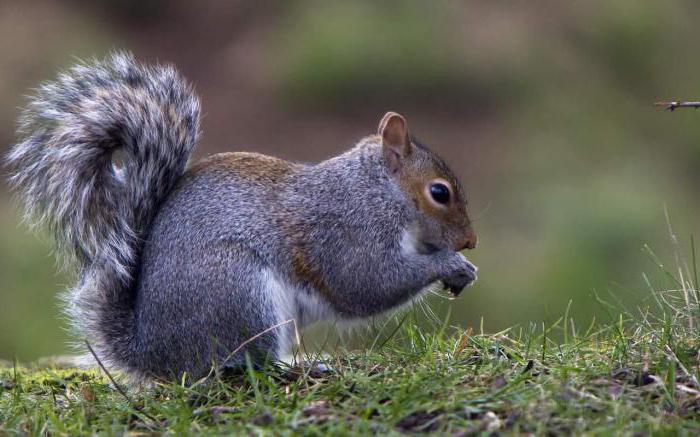
This squad unites a third of the types of mammals inhabiting our planet today. These include proteins, horses, rats, mice and other animals of medium and small magnitude. Rodents for the most part - animals are roasting. They have highly developed cutters (in each jaw - two), indigenous teeth having a flat chewing surface. There are no roots at rodent cutters. They are constantly growing, self-sharpening and stepping when eating food. Most rodents have a long intestine with a blind intestine. Rodents lead a woody lifestyle (Sony, flying, proteins), as well as semi-water (ondatras, nutria, beavers) and semi-layered (susliki, rats, mice). These are prolific animals. Most of them have a cub appearing blind and bare. This is usually happening in nests, hollows and nora.
Taped
This squad combines various types of hares, rabbits, as well as food - animals, similar to rodents. The main distinguishing feature of the hare is a specific dental system. They have 2 small cutters behind 2 large top. Hares (Rusak, Belyak) feed on the bark of shrubs and young trees, grass. They go to the feed at twilight and at night. They are born with moisture, with thick wool. Unlike deep holes. The female before the birth of naked and blind young makes the nest from the fluff, which she pulls out of his chest, as well as from dry grass.
Predatory
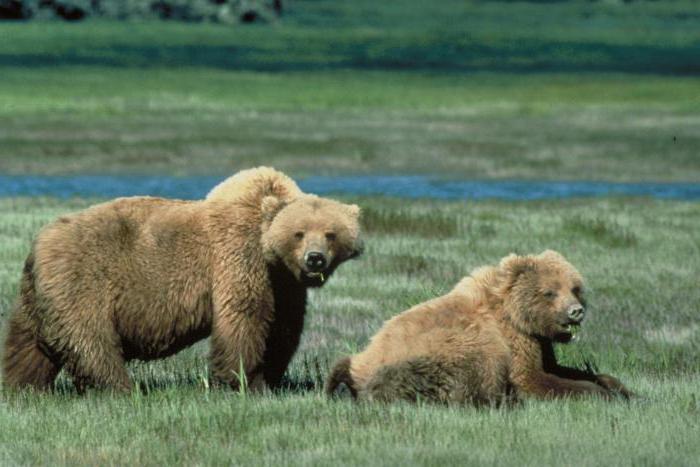
Representatives of this detachment (bears, mountainous, cunits, lynx, sands, foxes, wolves) are usually powered by birds and other beasts. His prey is a predatory mammal personally pursued. Teeth of these animals are divided into cutters, indigenous and fangs. The most developed are fangs, as well as 4 native tooth. Representatives of this squad have a short intestine. This is due to the fact that the predatory mammal eats easily digested and high-calorie food.
Listonogy
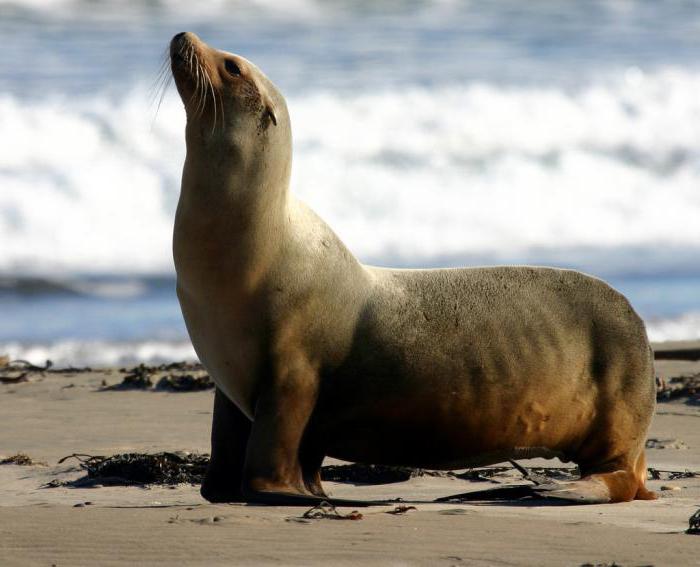
Let us turn to the consideration of the lastonogy. Representatives of them (walrui, seals) are large predatory marine mammals. Rare coarse hair covered the body of most of them. The limbs of these animals are modified into flippers. Fat layer of fat is postponed under their skin. Nostrils open only at the time of the inhalation and exhalation. When diving, the ear holes are closed.
Cetaceans
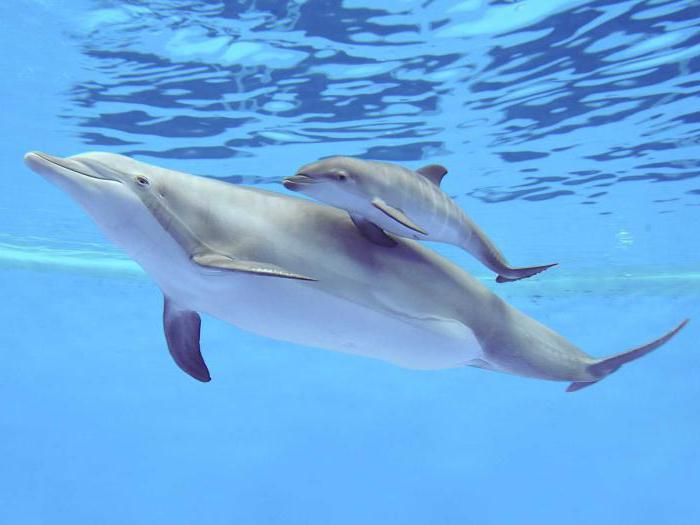
Real Marine Mammals - Whales and Dolphins - enter this detachment. The body has a fishery form. These marine mammals are mostly not on the body of the hair - they are preserved only around the mouth. The front limbs transformed into the flippers, and the rear are missing. In the movement of cetaceans, the powerful tail, which ends with the tailflower. It is not necessary to say that marine mammals - fish. These are beasts, although they look out and resemble fish. Representatives of cetaceans are the biggest mammals. Blue whale reaches a length of 30 meters.
Parquarts
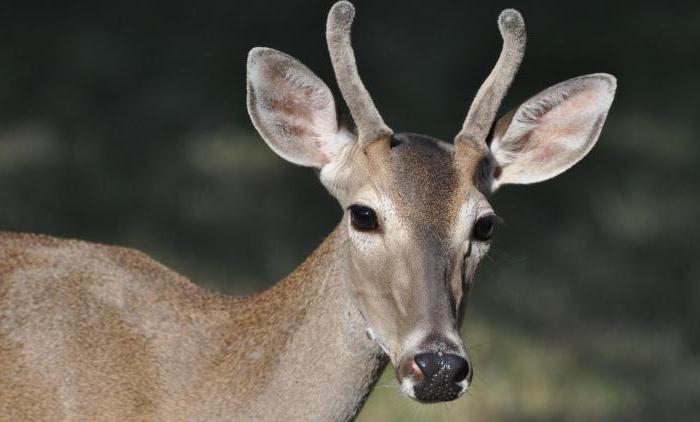
This squad includes medium size and large omnivorous and herbivores. Their legs have 2 or 4 fingers, in most coated with hooves. According to the peculiarities of the structure of the stomach and power supplies, they are divided into tender and ruminants. In the latter (rams, goats, deer), the cutters are only on the lower jaw, and the indigenous teeth have a wide chewing surface. In the unwanted single-chamber stomach, and the teeth are divided into indigenous, fangs and cutters.
Non-parckless
We continue to describe the troops of mammals. Non-Parisopped - these are such animals, like horses, zebras, donkeys, tapir, rhinos. On the legs of most of them there are a developed finger on which massive hooves are located. Today, only Przhevalsky's horse has been preserved.
Primates
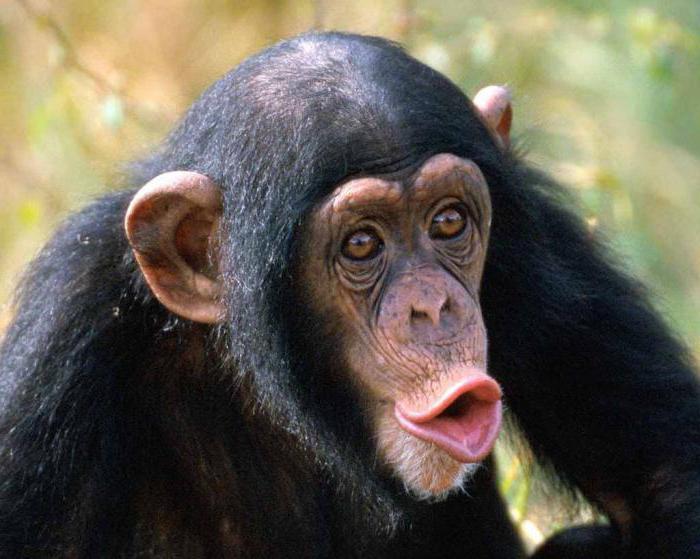
These are the most highly developed mammals. The detachment includes semi-esshynes and monkeys. They have grabbing five-plated limbs, while the thumb is opposed to the rest. Almost all primates have a tail. The vast majority of them live in subtropics and tropics. They inhabit the main forest, where they live in small family groups or herds.
Mammals, poultry, reptiles, amphibians - all of them can be described for a very long time. We only briefly described the animals, described existing detachments. The family of mammals is diverse and numerously, what you just have seen. Acquaintance with him, we hope it was useful for you.
